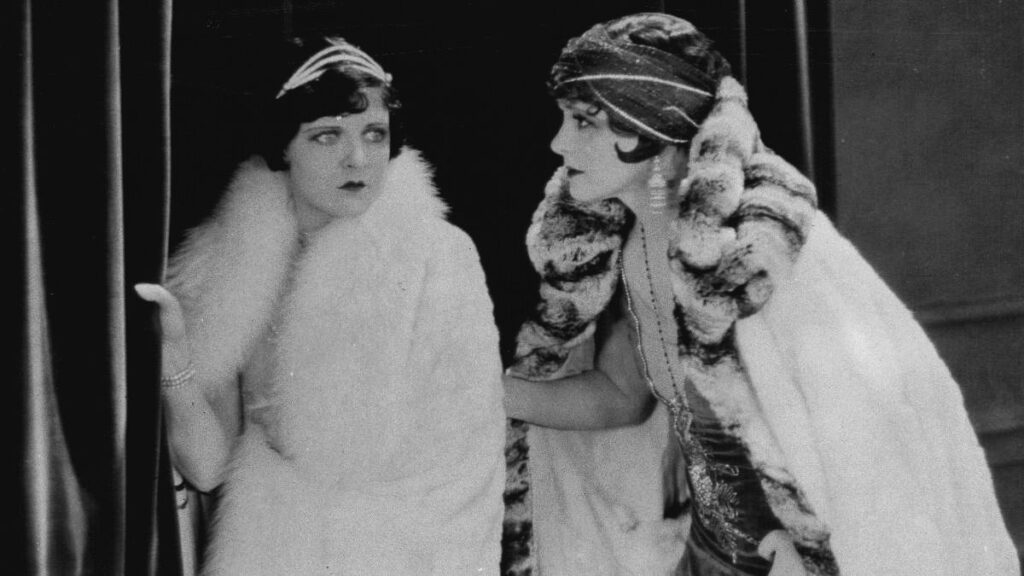Sisterhood of Cinema

This year, the sisters of cinema have a strong presence on both sides of the camera. We would like to draw your attention to an eye-opening retrospective: the tribute to Suso Cecchi d’Amico, lovingly curated by her children. It is a family insight into a professional career comprising contributions to over 120 screenplays that infinitely enriched the golden age of Italian cinema and beyond. As the only female screenwriter in Italian cinema, she was a master of field research, studying ordinary people, and coming up with lines, situations and character sketches that stemmed from the daily realities she persistently observed and turned into words. She showed an immaculate understanding of the different shades of life, its agonies and its joys.
The retrospective on cinematographer and director Elfi Mikesch, presenting five of her directorial efforts, finds, in her own words, tangible visual representation for the dreams that deal with the impossible and the forbidden. Martin Koerber’s selection takes us into her universe of striking images, dealing with “passion, power, love, pain and death.”
Women also turn the camera on women. There’s Antonia: A Portrait of the Woman (1974) by Judy Collins and Jill Godmilow, recalling the life and career of classical music conductor and pianist Antonia Brico. The literal sisters of cinema, Clara and Julia Kuperberg, have turned their camera on Dorothy Arzner in Une pionnière à Hollywood, a new documentary chronicling the amazing story of the great female auteur of classical
Hollywood who brought a handful of innovations to the studio system. Lee Grant, often a brilliant actor, goes behind the camera in Down and Out in America (1986) to study the ruinous impact of Reagan era policies on marginalised people, demonstrating a fierce political commitment that remains relevant to this day. The same commitment existed through the entire career of the Lebanese filmmaker Jocelyne Saab who filmed all the key moments – revolutions, wars, atrocities – of the 20th century Middle East in her candid and brutally frank films. This year’s programme features her classic 1974 film, Les Femmes palestiniennes.
Additionally, there is the cinematic work of the artist and filmmaker Joyce Wieland to discover. She is not the only female director from a painting background. In A Dream Longer Than the Night (Un rêve plus long que la nuit, 1976), the French American sculptor and painter Niki de Saint Phalle uses moving images as a new means of self-expression. Women filmmakers also revisit and deconstruct the work of their male counterparts as Chantal Akerman offers her hypnotising take on Alfred Hitchcock’s Vertigo (1958) in The Captive (La Captive, 2000), to be shown in a restored version.
Some sisters of cinema had to be brought out of the shadow of neglect and forgetfulness. The section dedicated to Russian divas of silent cinema in Italy, the result of passionate research and precise detective work, is a foray into a world once deemed to be gone forever. This programme on the great female stars of silent days, previously confined to speculative footnotes in books about lost films, is testimony to the incandescent magnetism of Diana Karenne, Helena Makowska, Thaïs Galitsky and Ileana Leonidoff.


